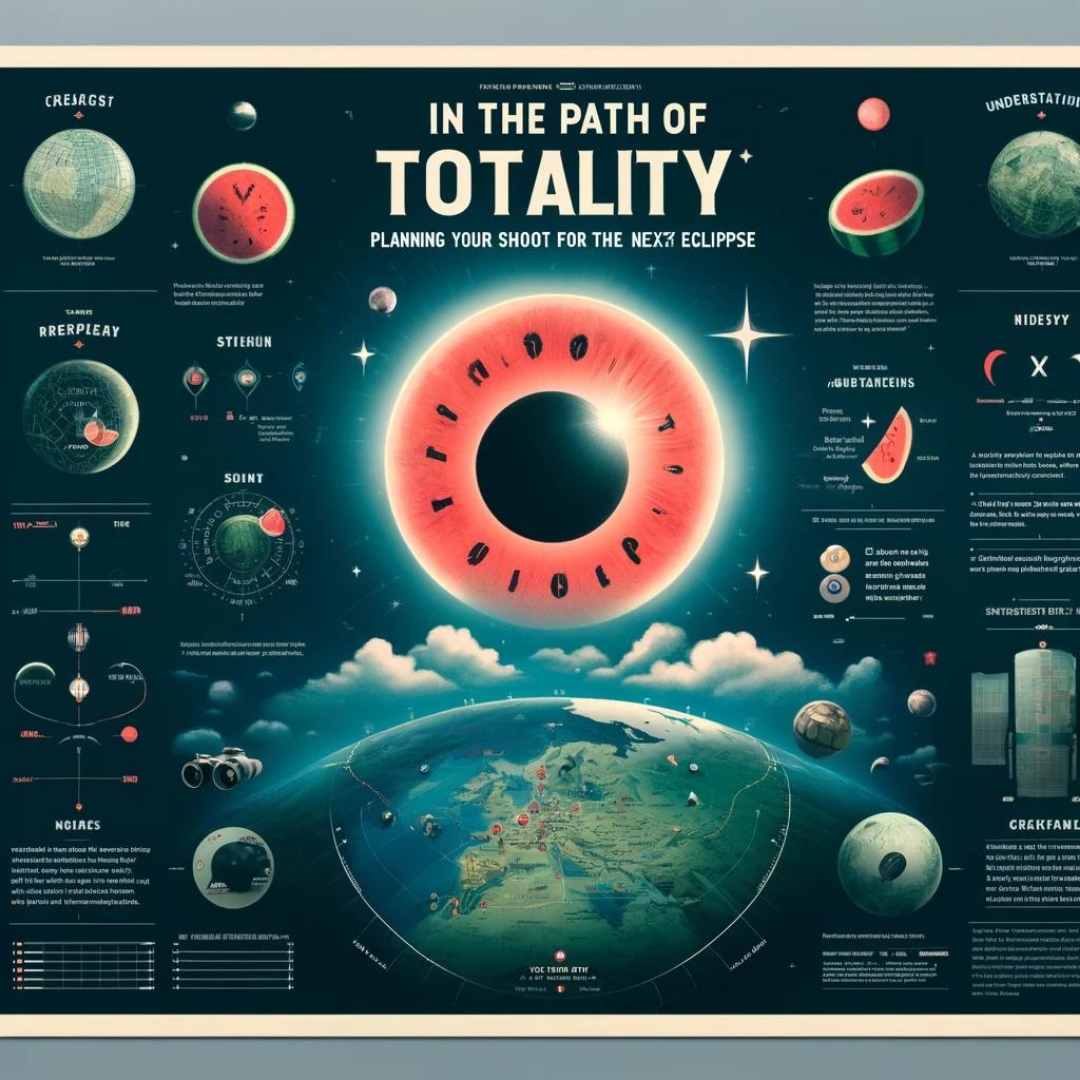
There are few astronomical events as awe-inspiring as a total solar eclipse, when the Moon entirely blocks out the Sun, causing an eerie daytime darkness. And for many photographers, shooting a total solar eclipse is a once-in-a-lifetime opportunity. To take advantage of this rare event, it’s important to have a plan in place before the big day arrives. In this article, we’ll discuss some important aspects to consider and some steps to take to ensure the optimal photography results for your next solar eclipse shoot.
Determine the Path of Totality
The path of totality is the line that describes where the Moon’s shadow will fall during a solar eclipse. This is the only place where the Sun will be completely blocked out, and where the totality will be experienced. Finding this line is the most crucial step to planning your shoot.
The paths of upcoming solar eclipses are often months or even years in advance. You may need to get special maps of the area you plan to shoot in to determine the best location. Keep in mind that the length of the totality will vary depending upon your location. Being in a place with a longer period of totality can mean better shooting opportunities.
Observe Local Regulations and Permits
Some locations may require a permit in order to observe or photograph a total solar eclipse. It’s important to be aware of local regulations and to obtain any necessary documentation in advance. A permit may require a small fee or even require you to provide your intentions. In some cases, it’s illegal to take photographs of a total solar eclipse without a permit, so it’s highly recommended that you adhere to local laws.
Choose Your Equipment Wisely
Shooting a solar eclipse requires the right equipment. It’s important to use a long focal length lens in order to capture the details of the Sun’s corona. A tripod is also highly recommended in order to help prevent camera shake. A camera with good low-light capabilities will also be beneficial since the Moon’s shadow will cause a drop in exposure, requiring faster shutter speeds. Shooting in raw format will also provide you with the most options for post-processing your photos.
In terms of protective gear, it’s important to not look directly at the sun with the naked eye, even during an eclipse. It’s highly recommended to use some sort of solar filter or welder’s glass in order to view the eclipse safely. Filter information for specific eclipse date, time and viewing location can be found online.
Arrive Early
Once you’ve chosen your shooting location, arriving early is essential. Total solar eclipses often draw large crowds, so it’s important to secure a good vantage point. Also, the solar eclipse experience is quite unique, and in order to capture its essence, it’s best to begin shooting in the minutes leading up to the totality start time.
Admire the View
While the main reason for your trip may be to photograph the solar eclipse, it’s also important to take time to observe the event in person. A solar eclipse is an incredible sight to see and can be a once-in-a-lifetime experience. Take a moment to absorb the energy in the room as the light begins to shift, and relish in the eerie atmosphere as the Moon begins to encroach upon the Sun. Also, remember to look for the phenomenon known as “shadow bands,” which are wavy lines that can be seen on the ground during a total eclipse.
Taking Multiple Exposures
Once totality hits, you are likely to feel a rush of adrenaline as you begin snapping away. It’s important to take as many exposures as possible in order to capture the full range of detail. The corona can have a variety of shapes and colors, and will change as the Moon begins to move away from the Sun. Taking different granular photos from brighter to darker areas of the corona will also help in post-processing.
Have a Backup Plan
Even with the best planning and preparation, it’s always possible that something might go wrong. An unexpected cloud, equipment failure, or even a dropped camera can ruin a perfectly good solar eclipse shoot. It’s a good idea to have a backup plan, such as a digital device with a mapping app and a photo of the eclipse path in order to find a secondary location if necessary.
Shooting a total solar eclipse can be a challenge, but with the proper preparation and equipment, it’s also a very rewarding experience. The shots you’ll get of the corona and the eerie landscape will be sure to amaze your friends, family and followers. Taking the time to carefully plan your next solar eclipse shoot will be key to a successful and enjoyable experience. Good luck!
